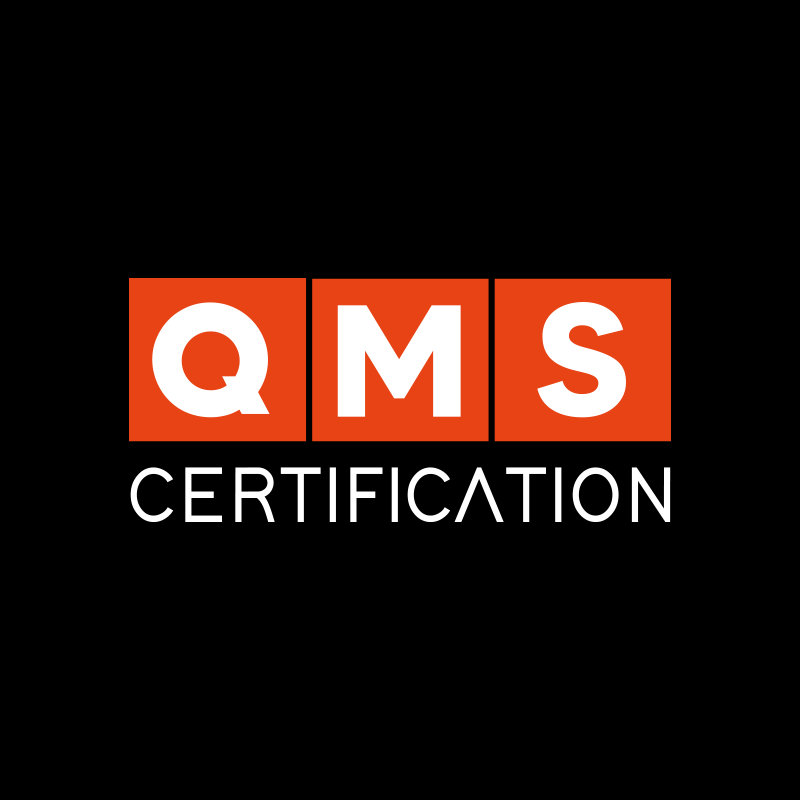Dealing with complaints in a QMS has always been a challenge for quality professionals. When a customer files a complaint, it often triggers fear and uncertainty—especially because customers are a critical stakeholder for any organization.
If the complaint is not properly addressed, many problems can arise, starting with the loss of customer trust—which can lead to lost clients and revenue. Moreover, poor complaint handling can significantly increase the number of nonconformities, weakening operational processes.
All of this, of course, results in rework and waste, which directly increase operational costs and erode profit margins. Over time, the organization becomes slower, more bureaucratic, and outdated. In the worst-case scenario, failing to manage complaints correctly can make operations unsustainable and lead to bankruptcy.
That’s why we’ve created this content to share some essential tips. With the right approach, you can strengthen your complaint management process, improve your organization, and reach exceptional levels of excellence. Let’s dive in!
1 – Customer complaints: an opportunity to improve
Unfortunately, complaint handling is not always treated as a priority. Complaints can be uncomfortable—people often don’t like criticism and, as a result, tend to misunderstand their purpose. Complaints expose blind spots, failures, errors, and nonconformities, which can be uncomfortable to confront.
Before anything else, it’s crucial to foster a culture of open communication and issue resolution. This involves raising awareness about the value of complaints and eliminating the culture of fear. At the same time, it’s important to motivate employees to respond with empathy rather than defensiveness—this is vital for demonstrating true commitment to quality and customer satisfaction.
So, focus on building a culture of continuous improvement. This mindset will help normalize and encourage effective complaint handling within the QMS.
2 – Feedback and communication with the customer are essential
Your company may have a solid complaint-handling process but still fail in customer communication. Even after resolving the issue, it’s essential to reach out, acknowledge, and listen to the customer. Maintaining a good relationship is especially critical during such moments.
Even if the complaint is unfounded, providing a response is still important. Explain what was done, how the issue was evaluated, or the technical reasons involved. Guide the customer with care. Neglected customers may become vocal critics, damaging your company’s reputation.
Establish clear communication channels so customers can contact your organization and understand how their issues are being addressed.
3 – A structured process is key to effective complaint handling
Complaint handling should never be improvised—this is more than a tip, it’s a universal rule. For the process to be effective and embedded in the company culture, it must be consistent and organized.
Define a clear, documented workflow with steps and tools to help employees handle complaints efficiently. Each company has its own context, so the steps may vary, but a typical process might include:
- Receiving the complaint
- Logging the information
- Analyzing the occurrence
- Responding to the customer
- Internal resolution
- Closing the case
- Evaluating the effectiveness of the solution
A well-structured process ensures traceability, supports legal and procedural compliance, and prevents complaints from being lost or ignored. This improves responsiveness and customer satisfaction.
4 – Investigating root causes, not just symptoms
Effective complaint handling in the QMS recognizes that a complaint is a symptom of something deeper. While resolving the issue for the customer is important, only treating the symptom leads to rework and recurring problems.
If the root cause is left unaddressed, the same issue will arise repeatedly, increasing dissatisfaction and losses.
Use tools like the Ishikawa Diagram or 5 Whys for root cause analysis. These methods help identify and address the real source of the issue, leading to long-term solutions.
Complaint handling in the QMS: a step toward sustainability
As we’ve seen, complaint handling within a QMS is a powerful tool for enhancing organizational sustainability and long-term profitability.
A structured process for listening, analyzing, and responding to complaints strengthens three essential pillars for business resilience:
- Quickly and effectively correcting failures
- Preserving customer trust in the company’s products and services
- Reinforcing the company’s reputation in the marketplace
It also reduces financial losses associated with rework, returns, and customer churn. Additionally, complaint handling is a valuable source of organizational learning. Every piece of feedback is an opportunity to improve processes and better align products and services with market needs, reinforcing a culture of continuous improvement.
Another key aspect is the ability to generate consistent value over time. Companies that treat complaints seriously and transparently show a strong commitment to quality and customer satisfaction. This builds loyalty and sets a solid foundation for sustainable growth.
Ultimately, in the context of business sustainability, complaint handling shouldn’t be seen merely as a reaction to problems or a regulatory requirement. It’s a strategic investment in building a stronger, more reliable, and future-ready organization.










